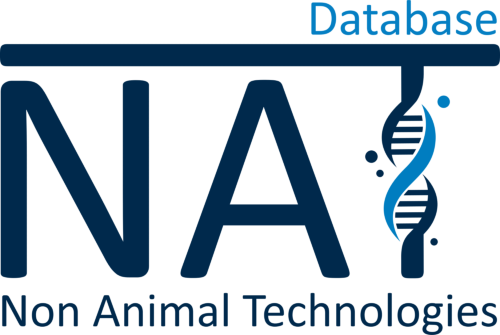Classification and mutation prediction from non–small cell lung cancer histopathology images using deep learning
2018
Applied Bioinformatics Laboratories, New York University School of Medicine, New York, USA(1)
Department of Population Health and the Center for Healthcare Innovation and Delivery Science, New York, USA(2)
Department of Population Health and the Center for Healthcare Innovation and Delivery Science, New York, USA(2)
A deep convolutional neural network (inception v3) was trained on more than 1.600 whole-slide images obtained from The Cancer Genome Atlas to automatically classify them into adenocarcinoma, squamous cell carcinoma or normal lung tissue with 97% accuracy. Furthermore, the network can predict the ten most commonly mutated genes in adenocarcinoma with an accuracy of 73 to 86%. These findings suggest that deep-learning models can assist pathologists in the detection of cancer subtype or gene mutations. This approach can be applied to any cancer type, and the code is available at https://github.com/ncoudray/DeepPATH.
Classification and mutation prediction from non–small cell lung cancer histopathology images using deep learning
Aristotelis Tsirigos (1), Narges Razavian(2)
Added on: 04-21-2020
[1] https://www.nature.com/articles/s41591-018-0177-5[2] https://www.cancer.gov/news-events/cancer-currents-blog/2018/artificial-intelligence-lung-cancer-classification





